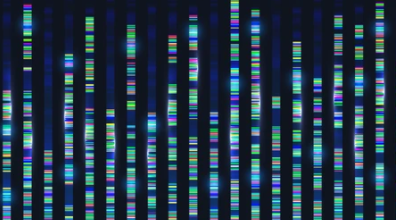Venom Bioinformatics Services
The venom of poisonous animals includes countless important pharmacological components. Therefore, more and more research on venom have led to the rapid growth of newly discovered toxin data, which is scattered in various public databases. Venom bioinformatics is a systematic method that stores venom data in a database and integrates with advanced bioinformatics tools to analyze the structure and function of toxins.
There are many kinds of poisonous animals, including jellyfish, cone snails, bees, wasps, spiders, scorpions, fish, snakes, platypus, etc. Creative Proteomics provides customers with venom bioinformatics services for various toxic species, mainly including the collection, operating and analysis of venom data.
Our Venom Bioinformatics Services
It is roughly estimated that a single venom has 50-200 different toxins, coupled with the diversity of toxic species, so the natural pool of venom toxins is estimated to contain millions of different toxins. Systematic functional research of a single toxin still requires a lot of experimental work, and bioinformatics analysis can improve research efficiency by assisting in the selection of key experiments. Therefore, we provide customers with venom bioinformatics services to advance research, including accessing venom data across multiple databases, checking for errors, analyzing and classifying venom-toxin sequences and their structures, and designing and using predictive models to simulate experiments.
How to Build Venom Toxin Database
Based on the existing classification system of specific venom toxins, we can create a new, more detailed searchable database for the venom toxin group you need based on its structure and functional characteristics.

- Use keywords to extract entries from the main database and form an initial data set, and then search for missing entries by extracting keywords by searching for sequence similarity.
- Check the extracted data entries to eliminate redundant and duplicate entries.
- Add functional annotations in the literature, including features such as molecular targets, binding affinity, and pharmacological properties, and add structural data to data entries, including structural models, homology models, and other information.
- Create a searchable database of specific venom toxins.
The data platform provided by Creative Proteomics contains complete reference data, including toxin sequence, 3D structure and functional annotations, which are used to analyze target venom.
Venom Bioinformatics Applications
Our bioinformatics methods for analyzing venom-toxin data can be applied in the following areas, including but not limited to:
- Determine the diversification of venom toxins and the classification of toxins.
- Identify the related functions of two new toxins in the venom.
- Provide a complementary method for site-directed mutagenesis to identify functional residues in the venom.
- Identify the potential binding sites of ion channels.
We hope to use the combination of these bioinformatics tools to help customers establish the structure-function relationship of venom toxins.
Our Advantages
- Low cost and short time-consuming
- High utilization of data information
- Accurately predict the functional properties of toxins
With the major expansion of current venom data types, Creative Proteomics venom informatics provides solutions for venom data management, and accurately predicts the functional characteristics of toxins based on existing data to promote the development of potential drugs. You can contact us to learn more about the services you are interested in, and we look forward to your consultation.
Reference
- Tan P T J, et al. Bioinformatics for venom and toxin sciences. Briefings in Bioinformatics, 2003(1):53-62.
For research use only. Not intended for any clinical use.




